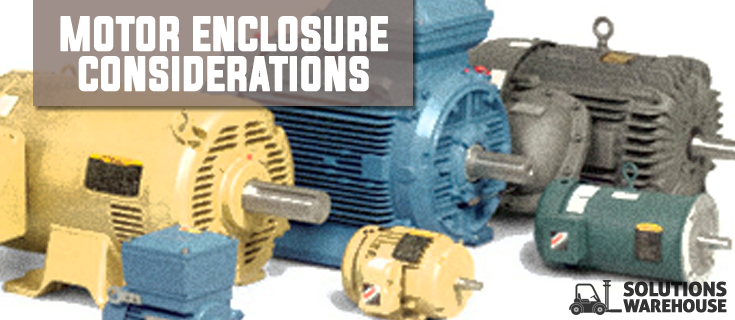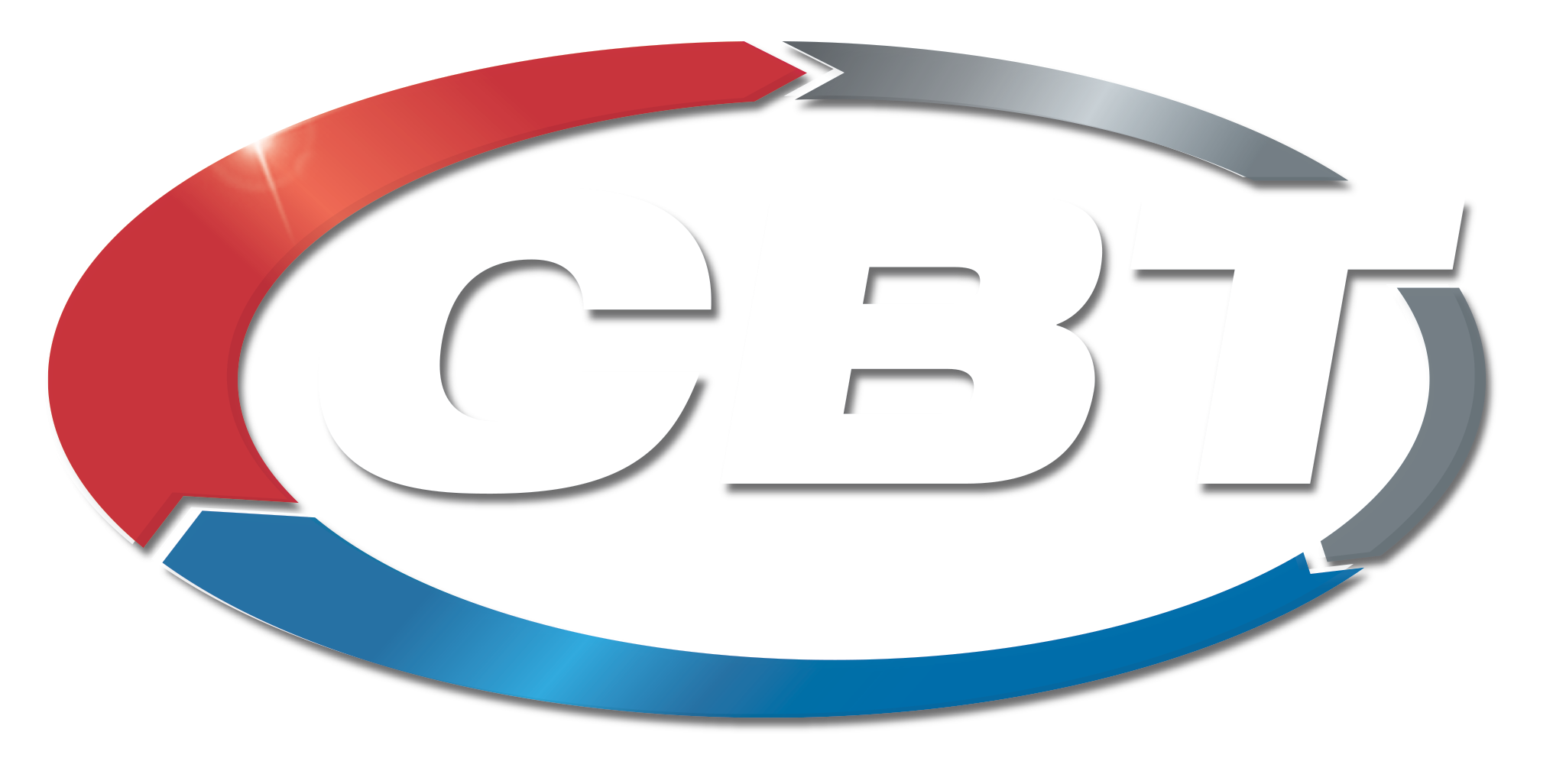 You’ve configured the perfect speed, horsepower, and power supply for your motor’s application. Have you thought about your motor enclosure? Motor enclosures not only house the motor’s moving components, but also provide protection for the motor. The right enclosure ensures optimal performance and reliability. It also helps protect your employees from the motor. In addition to the size and configuration of the motor, the environment, cooing method, and industry codes may influence the type of motor enclosure necessary for your application.
You’ve configured the perfect speed, horsepower, and power supply for your motor’s application. Have you thought about your motor enclosure? Motor enclosures not only house the motor’s moving components, but also provide protection for the motor. The right enclosure ensures optimal performance and reliability. It also helps protect your employees from the motor. In addition to the size and configuration of the motor, the environment, cooing method, and industry codes may influence the type of motor enclosure necessary for your application.
Environment
The kind of environment your motor is in is a major determinant in the selection of your motor enclosure. Is the area hot? Cold? Is it humid? Wet? Are there hazardous materials around? Flammable gasses? The right motor enclosure greatly lessens the possibility of an explosion from flammable gasses or dusts that may be in the motor’s surrounding environment. OEMs should work with the customer to ensure you have all the information you need about the motor’s environment. Having the right enclosure for the environment ensures you motor is properly protected and operates efficiently.
Cooling Your Motor
There are a variety of methods you can use to cool your motor. Most applications use fans to circulate air through the motor. Fans may be mounted to the motor’s shaft or separately, depending on the need for a constant velocity of air or a velocity that fluctuates with the motor’s speed. Open circuit cooling occurs when cool air is drawn in from the motor’s environment, circulated through its internal components, and expelled back into the motor’s surroundings. Open circuit cooling is only possible with an open enclosure. Closed circuit cooling involves internal coolant in a closed loop that passes the motor’s heat to another coolant either through the surface of the motor or though a heat exchanger. Closed circuit cooling is only possible with totally enclosed motors because the coolant is contained within the motor.
Industry Codes
Motor enclosures are governed primarily by two organizations: The National Electrical Manufacturers Association (NEMA) and the International Electrotechnical Commission (IEC). NEMA provides a minimum standard for industrial motors, MG 1-2014, which “assists users in the proper selection and application of motors and generators,” according to NEMA. This standard also provides guidelines for motor enclosures. NEMA identifies two primary categories of motor enclosures – open and totally enclosed. Like NEMA, the IEC has designations indicating the protection provided by a motor’s enclosure. However, where NEMA designations are in words, such as Open Drip Proof or Totally Enclosed Fan Cooled, IEC uses a two-digit Index of Protection (IP) designation. The first digit indicates how well-protected the motor is against the entry of solid objects; the second digit refers to water entry. By way of general comparison, an IP 23 motor relates to Open Drip Proof, IP 44 to totally enclosed.
Common Motor Enclosures
- Open Drip-Proof (ODP): ODP motors have venting in the end frame and/or main frame, situated to prevent drops of liquid from falling into the motor with in a 15 degree angle from vertical. These motors ad designed for use in areas that are reasonably dry, clean, well-ventilated, and usually indoors. If installed outdoors, ODP motors should be protected with a cover that does not restrict air flow.
- Totally Enclosed Non-Ventilated (TENV): TENV motors have no vent openings. They are tightly enclosed to prevent the free exchange of air but are not air tight. TENV motors have no cooling fan and rely on convection for cooling. They are suitable for use where exposed to dirt or dampness but not for hazardous locations or applications having frequent hosedowns.
- Totally Enclosed Fan-Cooled (TEFC): TEFC motors are the same as TENV except they have an external fan as an integral part of the motor to provide cooling by blowing air over the outside frame.
- Totally Enclosed Air Over (TEAO): TEAO motors are specifically designed to be used within the airflow of the fan or blower they are driving. This enclosure is an integral part of the motor’s cooling.
- Totally Enclosed Hostile and Severe Environment: Totally Enclosed Hostile and Severe Environment motors are designed for use in extremely moist or chemical environments but not for hazardous locations.
- Explosion-Proof: Explosion-Proof motors meet Underwriters Laboratories (UL) or Canadian Standards Association (CSA) standards for use in the hazardous (explosive) locations shown by the UL/CSA label on the motor. The motor user must specify the explosion proof motor required. Locations are considered hazardous because the atmosphere contains or may contain gas, vapor, or dust in explosive quantities. The National Electrical Code (NEC) divides these locations into classes and groups according to the type of explosive agent.
Looking for more guidance in choosing your motor enclosure? Talk to a CBT motor specialist today about the right motor enclosure for your application.












